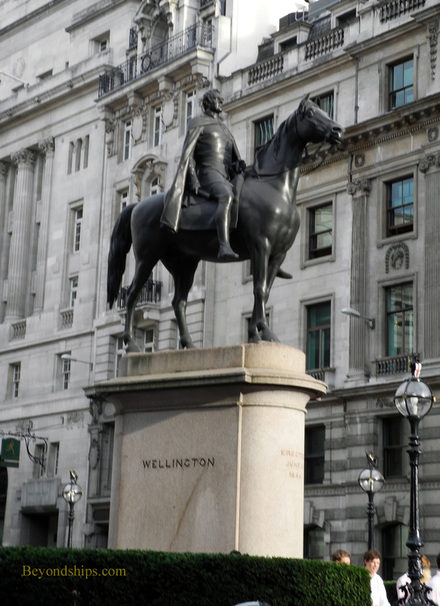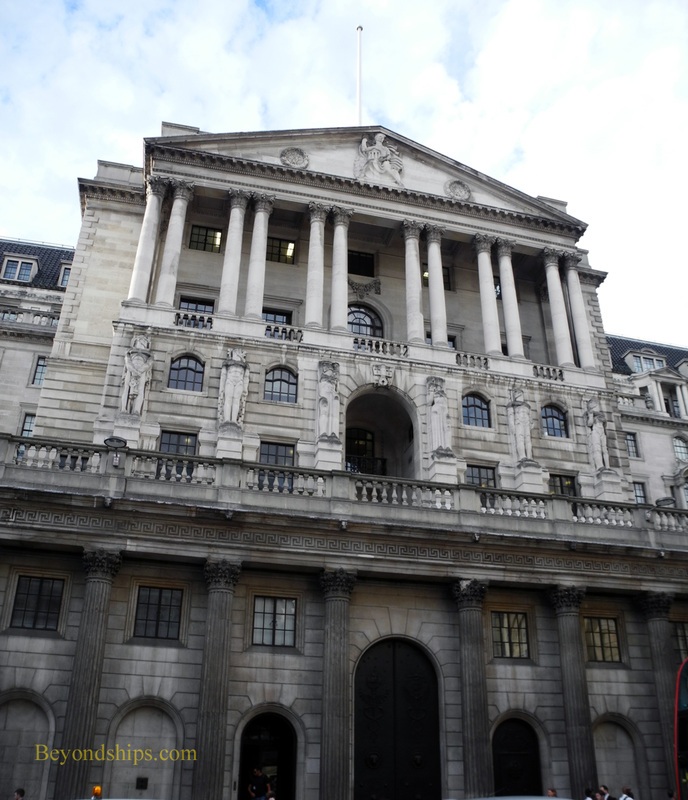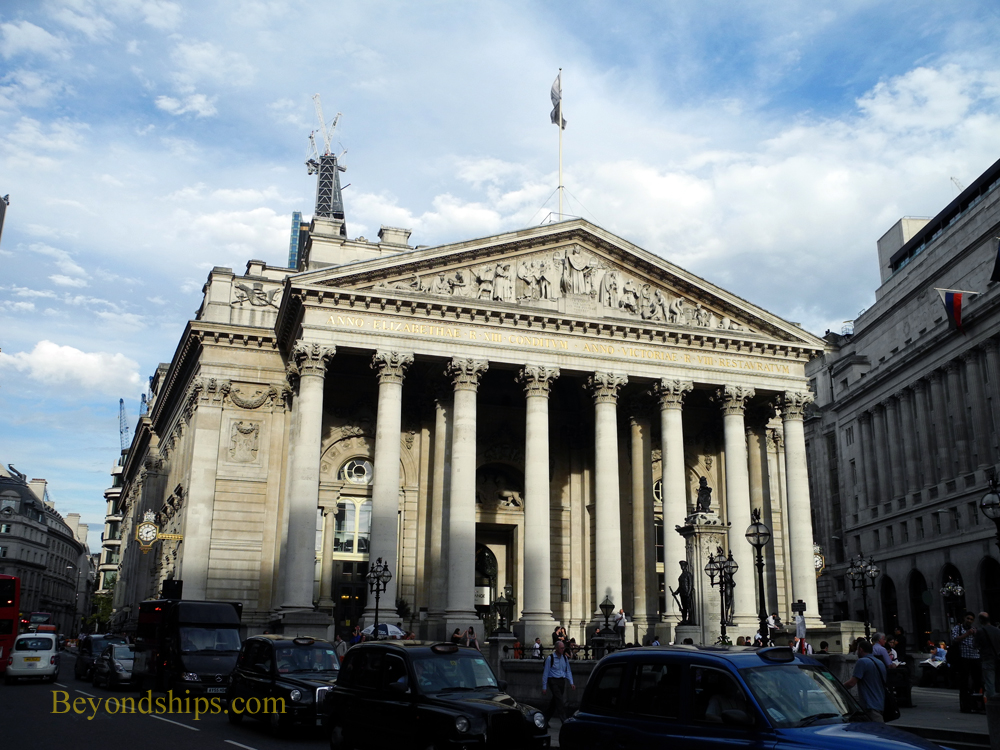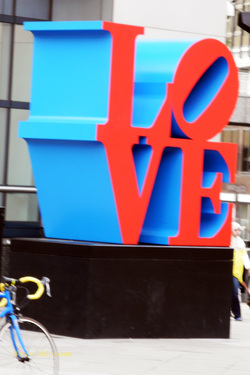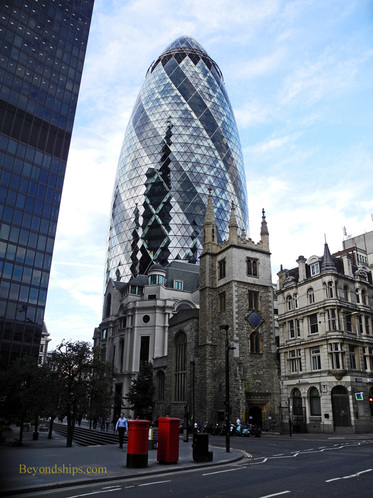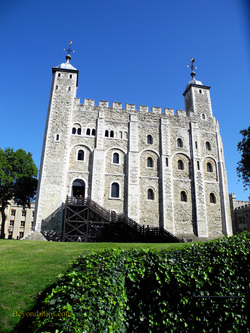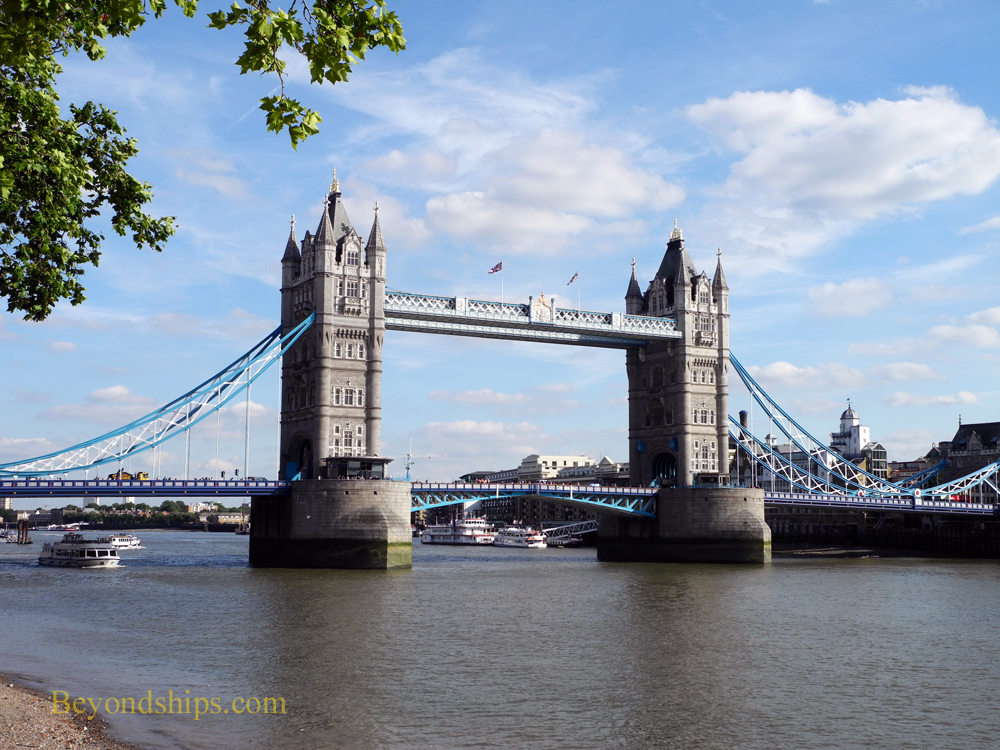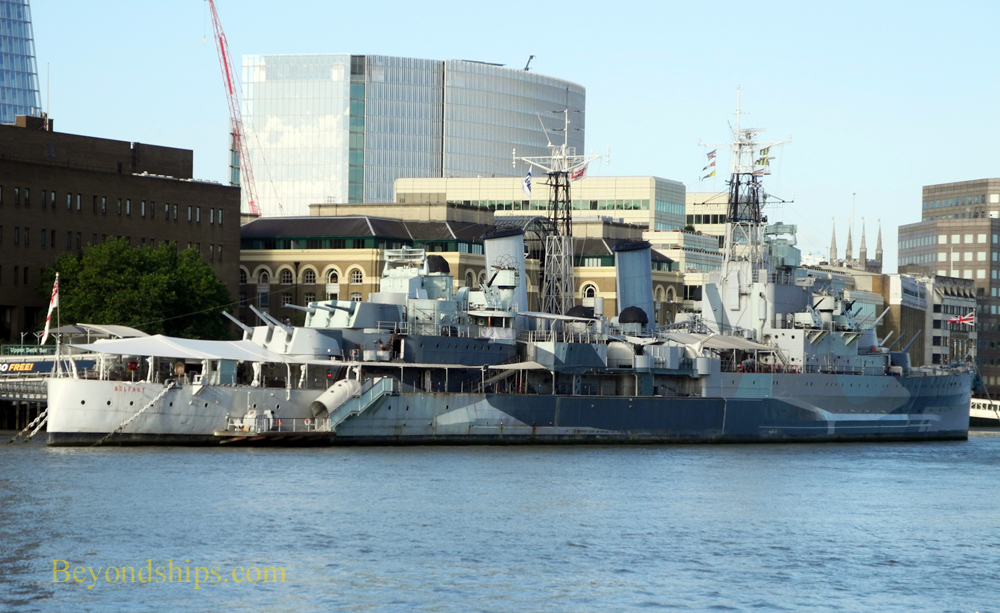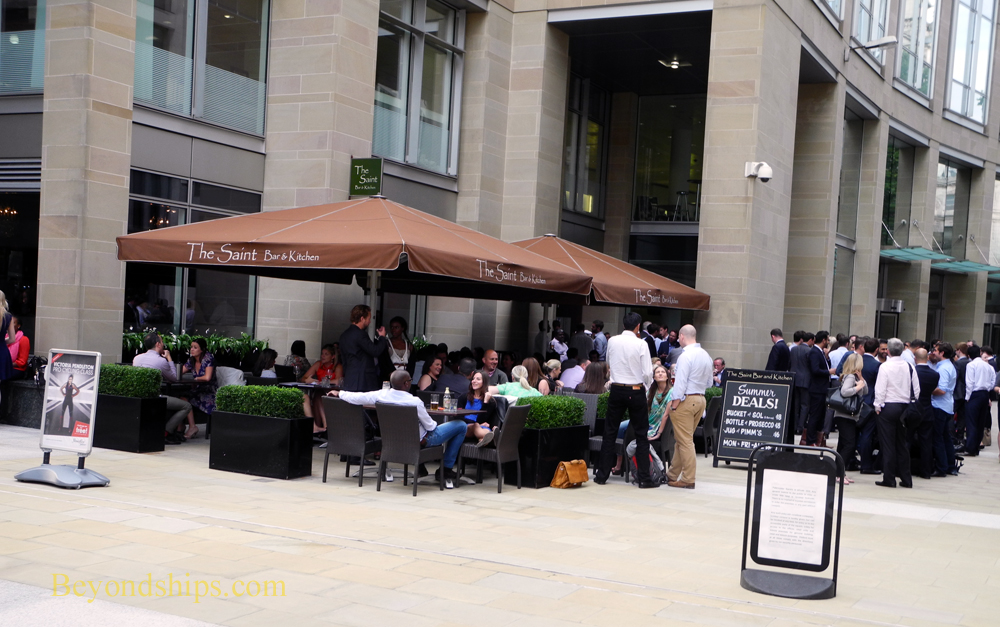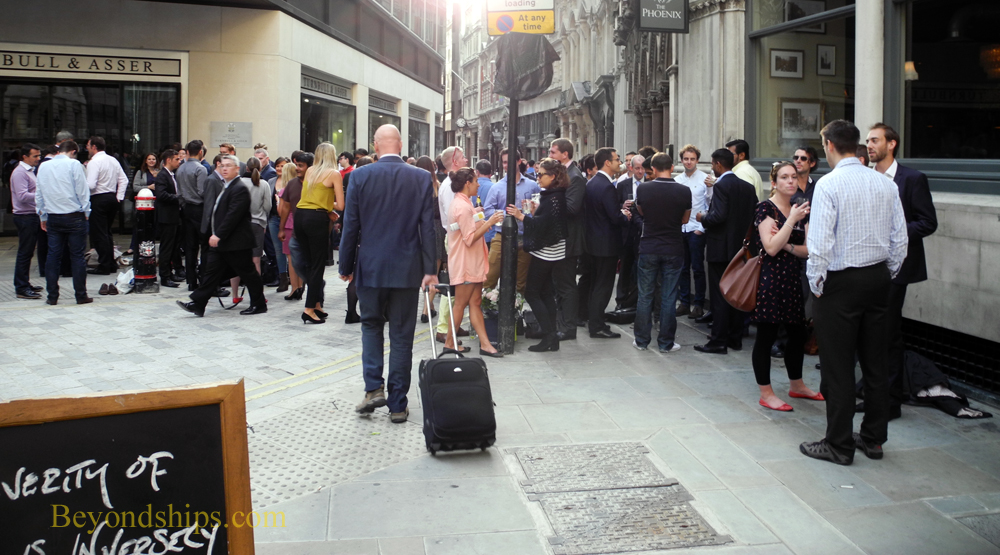The Financial EpicenterOnce again walking eastward, you come to the fortress-like Bank of England. Begun as a private institution in 1694, the Bank is now an independent public organization owned by the British government.
The Bank of England is the United Kingdom's central bank. It sets monetary policy for the country with the aims of maintaining price stability and promoting economic growth, The Bank also issues bank notes for England and Wales. In addition, in its vaults are the gold reserves not only of the U.K. but of several other nations. The building fronting on Threadneedle Street (hence the Bank's nickname “The Old Lady of Threadneedle Street”) was originally designed by Sir John Sloane in 1788. However, the interior was largely gutted and rebuilt in 1921. The building occupies a three acre block. Across from the Bank at Bank Junction is the Royal Exchange. In the 17th century, merchants and brokers met in the City's fashionable coffee houses to trade commodities and exchange notes. Similarly, the insurance industry began in places such as Lloyd's Coffee House. Over time, the trading and insurance writing became more formalized and migrated to purpose-built exchanges. The Royal Exchange was one of several exchanges in the City. The Royal Exchange Building we see today was opened in 1844 by Queen Victoria. It was used by Lloyd's until 1925. Today, it is a retail center with shops and boutiques. Also at Bank Junction is the official residence of the Lord Mayor, Mansion House (not shown). Left: The Royal Exchange.
|
Above: The Bank of England
|
Cruise destination - England - A Walk Across the City of London - page 3
